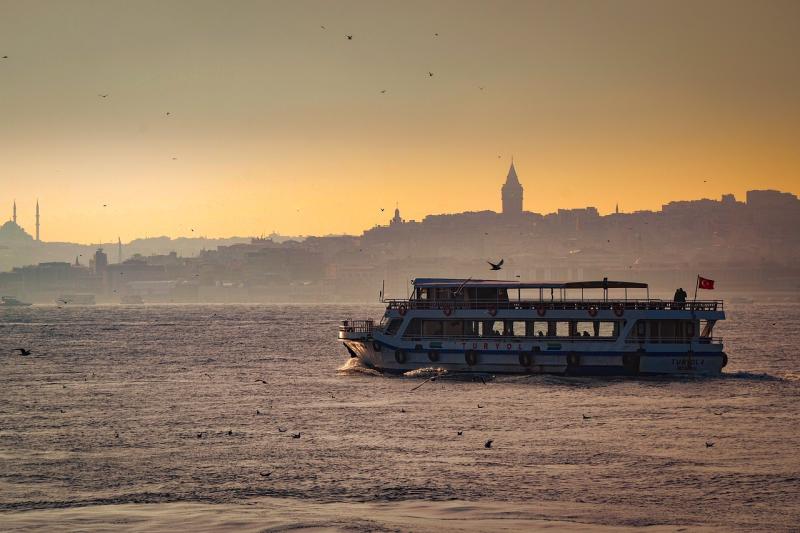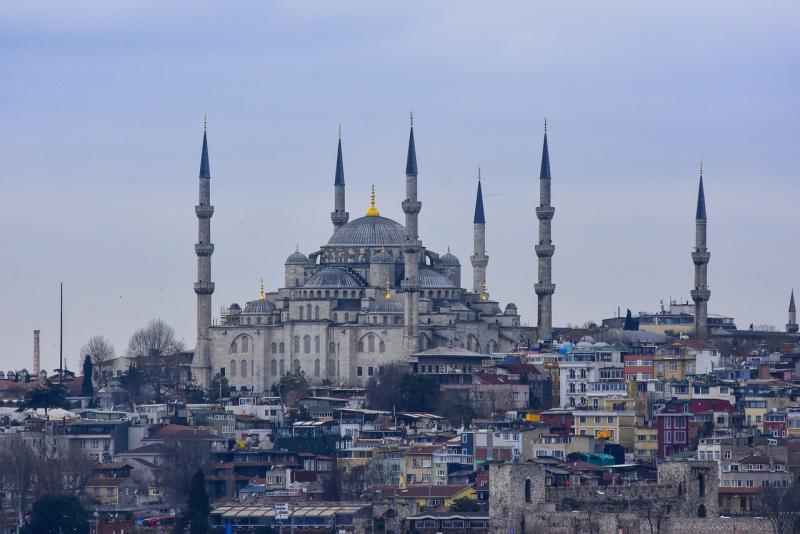Culinary Chronicles: Spice Trails and Flavorful Journeys Through India

India is a country where the aroma of spices fills the air, and every meal tells a story. From the bustling markets of Delhi to the coastal kitchens of Kerala, Indian cuisine is as diverse as its landscape. The rich history of India’s spice trade, which shaped global flavors and influenced culinary traditions around the world, continues to draw food lovers to explore the country’s vast and varied culinary heritage.
For many travelers, embarking on a spice trail through India is more than just an adventure for the taste buds—it's a journey into the heart of Indian culture, history, and tradition. Whether it’s sampling street food in Mumbai or enjoying a home-cooked meal in Rajasthan, the spice trails of India offer an unforgettable experience.
Tracing the Spice Trails of Kerala
Kerala, often called the "Spice Garden of India," has been at the heart of the global spice trade for centuries. As you travel through the lush landscapes of this southern state, you’ll discover spice plantations where pepper, cardamom, cinnamon, and cloves are grown. These spices, once traded across ancient routes, are integral to the region’s cuisine, adding depth and complexity to the dishes.
One of the best ways to immerse yourself in Kerala’s culinary culture is by visiting a spice plantation. You can walk through the fragrant fields, learn about the history of spice cultivation, and even pick fresh cardamom pods from the plants. A cooking class here is a must, where you can learn how locals use these spices to create the famous Kerala fish curry, infused with tamarind and coconut milk, or the spicy and aromatic Malabar biryani.
Kerala’s coastal cuisine is also a delight for seafood lovers. Freshly caught prawns, fish, and crabs are often prepared with a blend of spices, coconut, and herbs. As you savor these dishes, it’s easy to see why Kerala’s spice trade has played such a significant role in shaping not only Indian cuisine but the global palate.
The Flavors of Rajasthan
While Kerala is known for its lush greenery and spice plantations, Rajasthan offers a completely different culinary experience. The cuisine of this desert state reflects its harsh climate and royal heritage. Known for its robust flavors and rich, hearty dishes, Rajasthani cuisine uses dried spices and ingredients like chilies, cumin, and dried fruits to create meals that are both satisfying and flavorful.
In cities like Jaipur and Jodhpur, food is often prepared in large quantities to feed families and guests, and the rich curries and breads are a reflection of Rajasthan’s regal history. One of the state’s most famous dishes is Laal Maas, a fiery red mutton curry made with dried red chilies and garlic. Served with traditional breads like bajra roti or missi roti, Laal Maas is a dish that perfectly encapsulates the bold, intense flavors of Rajasthan.
As you explore Rajasthan’s culinary offerings, don’t miss the street food scene, which offers a variety of snacks like kachori, pyaaz ki kachori, and ghevar—a sweet dessert made with ghee, sugar, and flour. For those who have experienced the cool climes of Europe with Scandinavia Summer Holiday Packages, the rich and spicy flavors of Rajasthan will offer a completely different culinary adventure.
India’s Connection to Global Spice Routes
India’s spice trails have left a lasting impact on global cuisine, particularly through its historical trade connections with countries like Turkey. The ancient spice routes connected India to regions as far as the Middle East and Europe, with Indian spices influencing dishes across these regions. For example, the use of cinnamon, cloves, and black pepper in Turkish cuisine can be traced back to India’s spice trade.
Travelers exploring Turkey tour packages can experience the intersection of these two culinary traditions. Turkish cuisine, known for its rich use of spices, shares similarities with Indian flavors, especially in dishes like kebabs, pilafs, and spiced teas. While enjoying a meal in Istanbul or Cappadocia, you might taste a hint of cardamom or cloves that were once carried along the spice routes from India to Turkey.
For those who are passionate about both food and history, tracing the culinary connections between India and Turkey can add an exciting dimension to any trip. Both countries offer rich, flavorful journeys that are deeply rooted in their respective histories, and their shared spice heritage makes for an enriching travel experience.
Immersing Yourself in India’s Culinary Culture
To truly appreciate the depth of India’s culinary traditions, it’s essential to immerse yourself in the local culture. A cooking class with a local family, a visit to a bustling spice market, or a meal at a traditional restaurant are all ways to deepen your understanding of Indian food.
For example, exploring a spice market in Delhi, such as Khari Baoli, the largest wholesale spice market in Asia, is an experience in itself. The market is a sensory overload—vivid colors of turmeric, chili, and coriander powders piled high in sacks, the aroma of cardamom and cloves filling the air, and the energetic exchanges between spice traders. It’s a place where you can see firsthand the role that spices play in daily life and Indian cuisine.
Conclusion
India’s culinary landscape is as vast and varied as its geography, offering travelers a chance to embark on a flavorful journey like no other. From the spice plantations of Kerala to the royal kitchens of Rajasthan, every region has its own unique contribution to the country’s culinary heritage. Whether you’re savoring a meal after a day of exploring with Turkey tour packages or planning a summer escape with Scandinavia Summer Holiday Packages, a journey through India’s spice trails promises unforgettable tastes, aromas, and experiences.









Comments